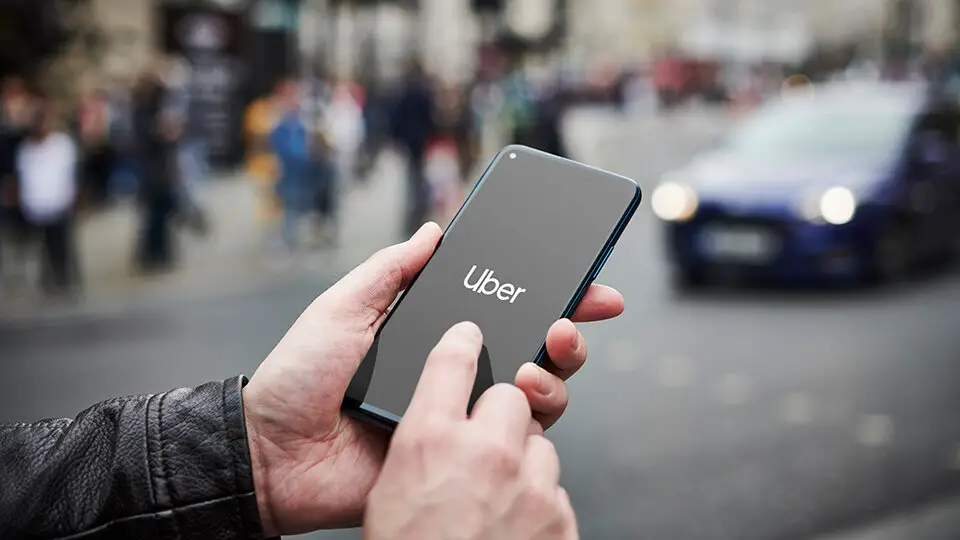
In the last decade, urban mobility has undergone a significant transformation. The advent of ridesharing companies like Uber and Lyft has introduced a new layer of convenience for commuters. However, these services have also highlighted the inefficiencies and limitations of existing public transportation systems. Recognizing the potential for synergy, many cities and transit authorities are now exploring collaborative efforts with ridesharing companies to offer seamless travel experiences. This integration is particularly effective in addressing the “first-mile/last-mile” problem—providing efficient transportation solutions for the beginning and end of a commuter’s journey.
The First-Mile/Last-Mile Challenge
One of the major challenges in public transportation is ensuring that commuters can easily reach transit hubs, such as bus stops and train stations, from their homes or workplaces. Similarly, once they disembark, they need reliable transportation to their final destination. This “first-mile/last-mile” gap often discourages people from using public transit, leading to increased reliance on personal vehicles and contributing to traffic congestion and pollution.
Collaborative Solutions: Real-World Examples
1. Lyft and the Los Angeles Metro
Los Angeles, notorious for its traffic congestion, has been a prime candidate for innovative transportation solutions. In 2019, the Los Angeles County Metropolitan Transportation Authority (Metro) partnered with Lyft to offer discounted rides to and from specific transit stations. This initiative aimed to make it easier for commuters to use the Metro by providing a convenient way to cover the first and last miles of their journey. By integrating ridesharing with public transit, LA Metro has been able to attract more riders and reduce the overall dependency on personal vehicles.
2. Uber and the Washington Metropolitan Area Transit Authority (WMATA)
In Washington D.C., Uber has collaborated with the Washington Metropolitan Area Transit Authority (WMATA) to enhance commuter convenience. The partnership allows Uber riders to see public transit options within the Uber app, making it easier for them to plan multimodal trips. For instance, a commuter can take an Uber to a Metro station, ride the Metro, and then use Uber again for the last leg of their journey. This integration helps streamline the travel experience and encourages the use of public transportation.
3. Via and New York City’s MTA
Via, a ridesharing company known for its focus on shared rides, has worked with New York City’s Metropolitan Transportation Authority (MTA) to provide first-mile/last-mile solutions. The partnership launched a pilot program in Staten Island, where traditional public transit options are limited. Via’s algorithm matches multiple passengers heading in the same direction, offering a cost-effective and efficient way to reach transit hubs. This collaboration not only improves accessibility but also helps reduce traffic congestion and emissions.
Benefits of Integration
The integration of ridesharing and public transportation offers numerous benefits:
- Increased Ridership: By providing convenient access to transit hubs, these partnerships can attract more people to use public transportation, reducing the number of cars on the road.
- Cost Efficiency: Commuters can save money by combining affordable public transit with the convenience of ridesharing, rather than relying solely on expensive car ownership or parking fees.
- Environmental Impact: Reducing the reliance on personal vehicles helps lower greenhouse gas emissions and decreases traffic congestion, contributing to a cleaner and more sustainable urban environment.
- Enhanced Accessibility: Collaborative efforts can improve access to public transit for underserved communities, including those living in transit deserts or with limited mobility options.
Challenges and Future Directions
Despite the potential benefits, integrating ridesharing with public transportation is not without challenges. Data sharing between private ridesharing companies and public transit authorities can raise privacy concerns. Additionally, ensuring equitable access to these services, particularly for low-income and marginalized communities, remains a critical issue.
Future efforts may focus on expanding these partnerships to more cities and regions, developing integrated payment systems, and leveraging emerging technologies like autonomous vehicles to further enhance the efficiency and convenience of urban mobility.
The collaboration between ridesharing companies and public transit systems represents a promising step towards creating a more integrated and efficient urban transportation network. By addressing the first-mile/last-mile problem, these partnerships can provide seamless travel experiences, reduce traffic congestion, and promote sustainable mobility solutions. As cities continue to grow and evolve, such innovative approaches will be essential in shaping the future of urban transportation.
